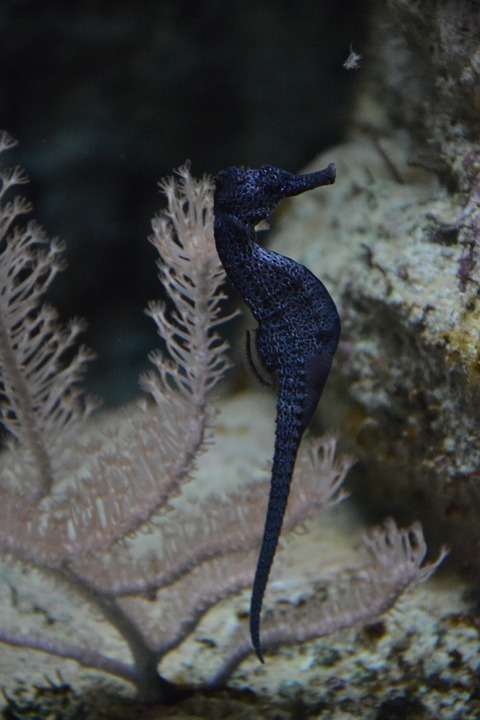Equine gastric ulcer syndrome (EGUS) is a common issue among performance horses, particularly in racing populations. The gold-standard treatment for equine squamous gastric disease (ESGD) is omeprazole, but it can be costly and requires a prescription. In light of the clinical and economic impact of ESGD in racehorses, researchers have explored alternative options, such as using magnesium oxide as a feed additive to help buffer the stomach and potentially reduce the severity of ulcers.
Researchers Claire Leleu and Anne Couroucé conducted a study on 2-year-old French Trotters in active race training to evaluate the effects of magnesium oxide on ESGD. The horses were split into treatment and control groups, with gastroscopy performed to assess ESGD severity using a scoring system. Both groups had similar ESGD scores at the start of the study, indicating a high prevalence of the condition in the population.
The horses were fed custom pelleted feeds three times daily, with the treatment group receiving a blend of magnesium oxide sources in their feed. After 30 days of supplementation, a second gastroscopy was performed, revealing a significant decrease in mean ESGD scores in the magnesium oxide group compared to the control group. This suggests that the supplement was effective in increasing gastric pH and promoting healing of the gastric mucosa.
Additionally, the researchers observed a decrease in mean lipidic peroxide levels in the magnesium oxide group, indicating a potential reduction in oxidative stress and increased scavenging of free radicals. This finding suggests another mechanism by which magnesium oxide may help improve ESGD severity in racehorses.
The researchers concluded that supplemented magnesium oxide shows promise as a therapy for ESGD. While the overall results were positive, further research is needed to determine individual responses to the supplement and the role of reducing oxidative stress in mitigating ESGD. Leleu and her colleagues conducted a similar study in 2022 with positive results, leading to the launch of the product Timride-Up in the French market in 2023.
The study, published in the Journal of Veterinary Science, was funded by Timab Magnesium, with the authors declaring no conflicts of interest. The next step is to introduce the product to the United States, with testing currently underway at Thoroughbred and Standardbred breeding farms in Kentucky and New Jersey.
In conclusion, the use of magnesium oxide as a feed additive shows promise in managing ESGD in racehorses. This research provides valuable insights into alternative treatment options for this common condition, offering potential benefits for both the health and performance of affected horses. Further studies and clinical trials will help to validate these findings and expand the use of magnesium oxide as a buffering option for ESGD in equine athletes.





